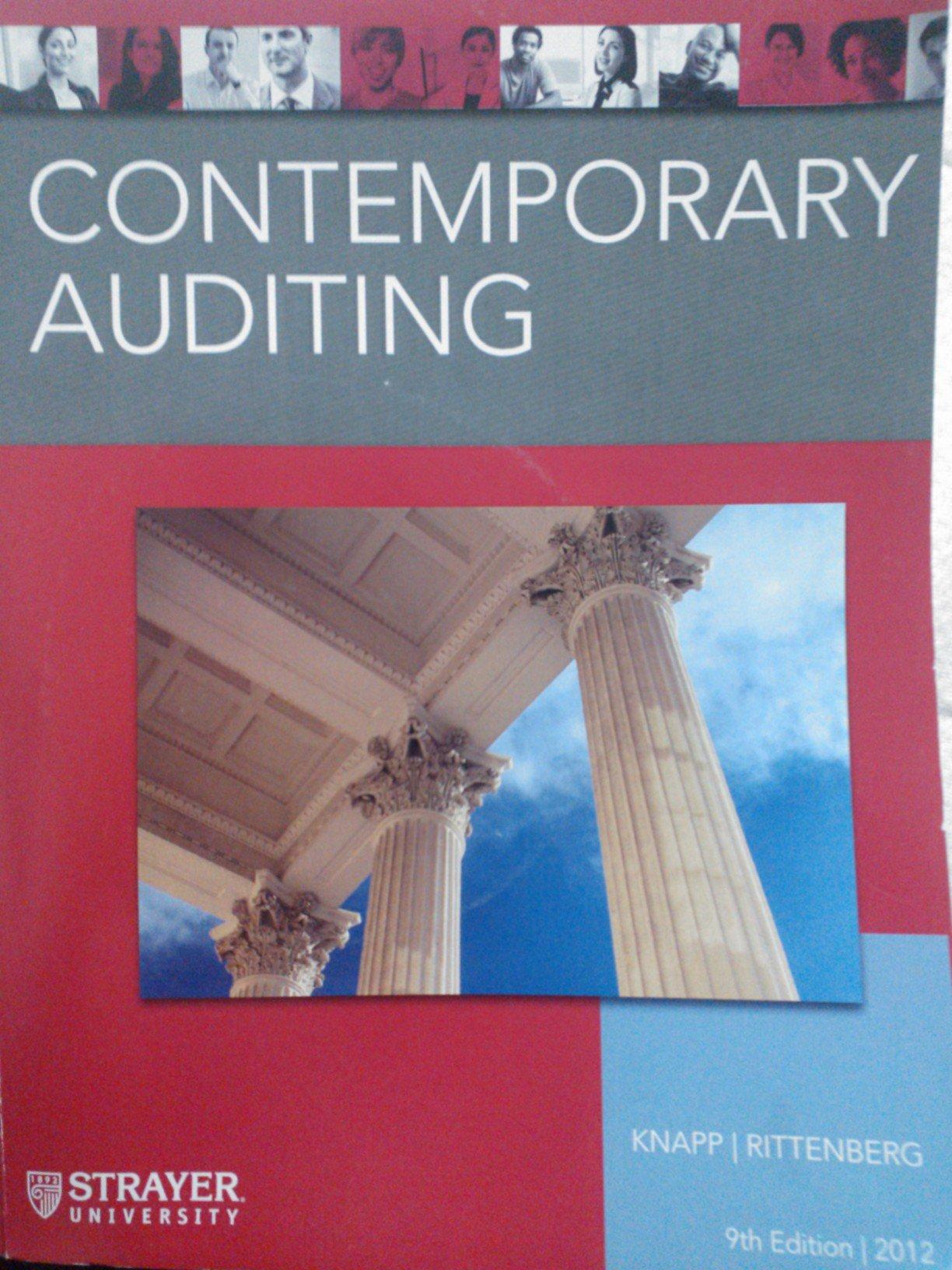Question
Waterways Corporation puts much emphasis on cash flow when it plans for capital investments. The company chose its discount rate of 8% based on the
Waterways Corporation puts much emphasis on cash flow when it plans for capital investments. The company chose its discount rate of 8% based on the rate of return it must pay its owners and creditors. Using that rate, Waterways Corporation then uses different methods to determine the best decisions for making capital outlays.
In 2014 Waterways Corporation is considering buying five new backhoes to replace the backhoes it now has. The new backhoes are faster, cost less to run, provide for more accurate trench digging, have comfort features for the operators, and have 1-year maintenance agreements to go with them. The old backhoes are working just fine, but they do require considerable maintenance. The backhoe operators are very familiar with the old backhoes and would need to learn some new skills to use the new backhoes.
The following information is available to use in deciding whether to purchase the new backhoes.
|
| Old Backhoes |
| New Backhoes |
| Purchase cost when new | $90,000 |
| $200,000 |
| Salvage value now | $42,000 |
|
|
| Investment in major overhaul needed in next year | $55,000 |
|
|
| Salvage value in 8 years | $15,000 |
| $90,000 |
| Remaining life | 8 years |
| 8 years |
| Net cash flow generated each year | $30,425 |
| $43,900 |
Instructions
(a) Evaluate in the following ways whether to purchase the new equipment or overhaul the old equipment. (Hint: For the old machine, the initial investment is the cost of the overhaul. For the new machine, subtract the salvage value of the old machine to determine the initial cost of the investment.)
(1) Using the net present value method for buying new or keeping the old.
(2) Using the payback method for each choice. (Hint: For the old machine, evaluate the payback of an overhaul.)
(3) Comparing the profitability index for each choice.
(4) Comparing the internal rate of return for each choice to the required 8% discount rate.
(b) Are there any intangible benefits or negatives that would influence this decision?
(c) What decision would you make and why?
Step by Step Solution
There are 3 Steps involved in it
Step: 1

Get Instant Access to Expert-Tailored Solutions
See step-by-step solutions with expert insights and AI powered tools for academic success
Step: 2

Step: 3

Ace Your Homework with AI
Get the answers you need in no time with our AI-driven, step-by-step assistance
Get Started


